Animal in stories, myths and metaphors, new artwork and books
“They are all beasts of burden in a sense,” Thoreau once remarked of animals, “made to carry some portion of our thoughts.” Animals are the old language of the imagination; one of the ten thousand tragedies of their disappearance would be a silencing of this speech. From A Field Guide to Getting Lost by Rebecca Solnit
“If an elephant isn’t a very large bacterium, then an ocean can’t be a very large brain…..” From Solaris by Stanislaw Lem
I was recently on a walk, in the village where I live, when the barking of two big and rather overweight dogs broke the evening quiet. They were raising hell behind an iron gate. A minute later they jumped onto the stone wall surrounding the property, where they continued barking their heads off. And then there was silence. Like Humpty Dumpty, the white dog slipped off the wall and landed a meter away from me. I was concerned about its well being, due to its size and weight, so I waited a few minutes to see if all was well, but the shock seemed to have stunned the animal into immobility and silence.
Then a couple of days later walking on the same narrow dirt path I saw the black dog, sprawled across the path like a flokati rug outside the closed gate. I assumed it too had fallen off or jumped off the wall to freedom since the gate was shut. The difference was that this time, the dog stopped me in my tracks because he had seemed more menacing during our previous encounter. Should I walk by it? Would it become territorial if walked by the gate? As I got closer I hoped it would move or get out of my way, but it just lay there. And then even though I kind of doubted it becoming aggressive, its mere size and the memory of its crazy barking nudged me to turn back and take another route, just in case.

During my walk a couple of dog stories came to my mind. First, something from the distant past came up. I remembered my friends’ dog, Caeser, a handsome dark Great Dane, “who”, as the story goes, jumped off their roof top and died. I wondered how common it is for dogs to jump off balconies, roof terraces and high walls. Then, a beautifully illustrated children’s book, entitled BLACK DOG, which I might have mentioned or written about in an older post, came up. The book is illustrated by an Australian artist, Levi Pinfold. Pinfold writes: “Have you ever heard the legend of the Black Dog? Some believe one glimpse of this fearful creature will set the most terrible events in motion, so when it visits the Hope family’s home who could blame them for being a little alarmed? This is a story about being scared. It’s also a story about not being scared. It depends on how you see things.” As is the case sometimes, it depends on one’s perspective of events. When Little Hope, the youngest and smallest member of the family, brings the creature inside, the fear is dispersed as the dog is neither spooky nor that big.
During my long walk I also thought about Winston Churchill’s Black Dog myth or metaphor. When I returned home I went online and read a bit on the topic. The Black Dog as a metaphor for depression is thought to have originated with Churchill, but it was actually first coined by the Roman poet Horace, and appears in older Anglo-Saxon writing. The symbolism is that of a sullen dog that a person is struggling to get off their backs, and has been derived from the myths of dogs guarding the afterlife. In 2011 the Black Dog Campaign, founded by Marjorie Wallace,, began in the United Kingdom to raise awareness and resources for people living with depression or at risk. Churchill was probably one of the people who brought the concept of the Black Dog to public perception, but there now seem to be conflicting views on whether Churchill actually suffered from severe clinical depression or bipolar disorder.
There are historians and psychologists, who believe that the myth of the “Black Dog,” as Churchill’s metaphor for a severe clinical mood disorder is only a myth and does not reflect his reality. One of Churchill’s biographers, Andrew Roberts, a historian, rejects claims that Churchill was manic depressive or bipolar and believes that he would not have been able to lead Britain during the Second World War. Others have also suggested that he would not have accomplished as much as he did in all areas of his life, had he suffered from prolonged and serious conditions.
In one of the articles I read at: https://winstonchurchill.org/publications/finest-hour/finest-hour-155/the-myth-of-the-black-dog/, Carol Breckenridge, a practicing art therapist for over twenty years and now Adjunct Professor at Ursuline College, Ohio, claims that “Churchill would be surprised to know that his many references to his innocent childhood phrase “Black Dog,” an expression of Victorian nannies to connote bad moods, would be used after his death to declare him mentally ill.” She notes that there are those who believe he had Manic Depression (known as Bipolar Disorder) and those who believe he suffered from Major Depression, and that the literature on this topic is of two types. The first is by those who are qualified to make a diagnosis, but have superficial knowledge of Churchill, and the second, is by writers who are knowledgeable about Churchill’s life, but have a superficial understanding of clinical psychology and mental illness. She has explored her thesis that the young Churchill had ADD-H, and continued to cope with many of those traits in his adult life. She also does not claim that he never suffered from milder forms of depression or that he had to deal with loss and grief, but she objects to his alleged Bipolar Disorder. She goes on to examine the DSM’s nine criteria for major depression and the criteria for a Manic Episode.
Major depression is heavy, complicated and debilitating if not treated, and the cause of a range of factors. Research suggests that depression is not brought about by brain chemical imbalances alone, but is rather the result of the interaction of many possible causes, including faulty mood regulation by the brain, genetic vulnerability, stressful life circumstances and events, trauma, medical problems, and various medications. In the DSM there are nine criteria, which Breckenridge explores to suggest that Churchill did not suffer from Major Depression. She also looks at the criteria for Bipolar Disorder. She writes: “Manic symptoms 3-7 are also indicative of Attention Deficit with Hyperactivity. It is possible too that the young Churchill could have been diagnosed with ADD-H as it is known now—and that its very traits became his strengths as an adult. The DSM, noting this congruity of symptoms, states that ADD-H can only be diagnosed in place of a Manic Episode if the symptoms have been present since childhood—Churchill’s case.”
Breckenridge continues: “His teachers found him easily distracted. But like most bright children with ADD-H, he excelled when his interest was engaged. He was so full of energy that his mother found him difficult to manage without the aid of his nanny; his energy had an impulsive nature and he enjoyed situations with an element of danger.” Finally, in relation to the current prevalent pathologising of human emotions, she mentions that even in the DSM (Diagnostic and Statistical Manual of Mental Disorders) it is stated that “periods of sadness are inherent aspects of the human experience.”
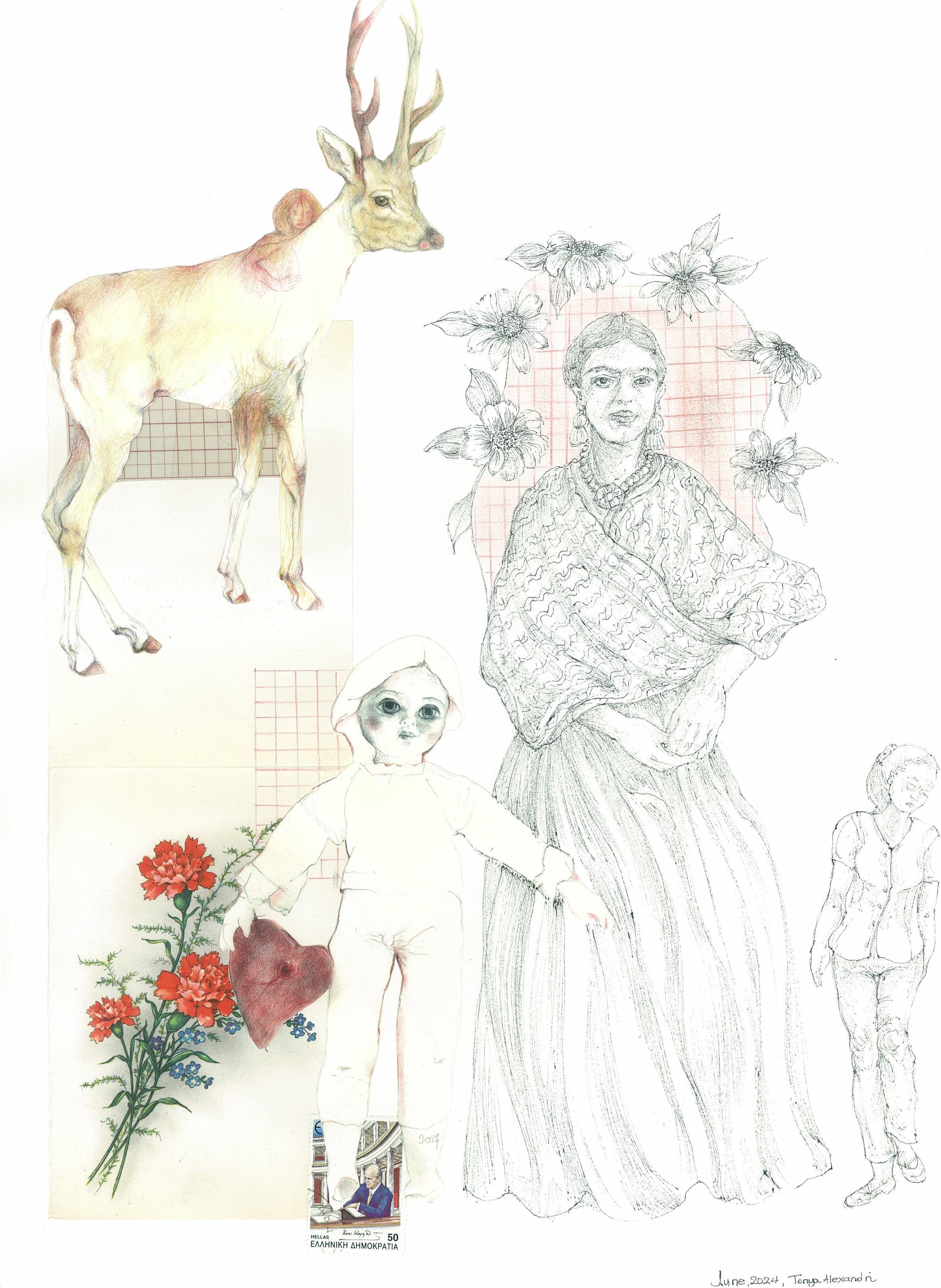
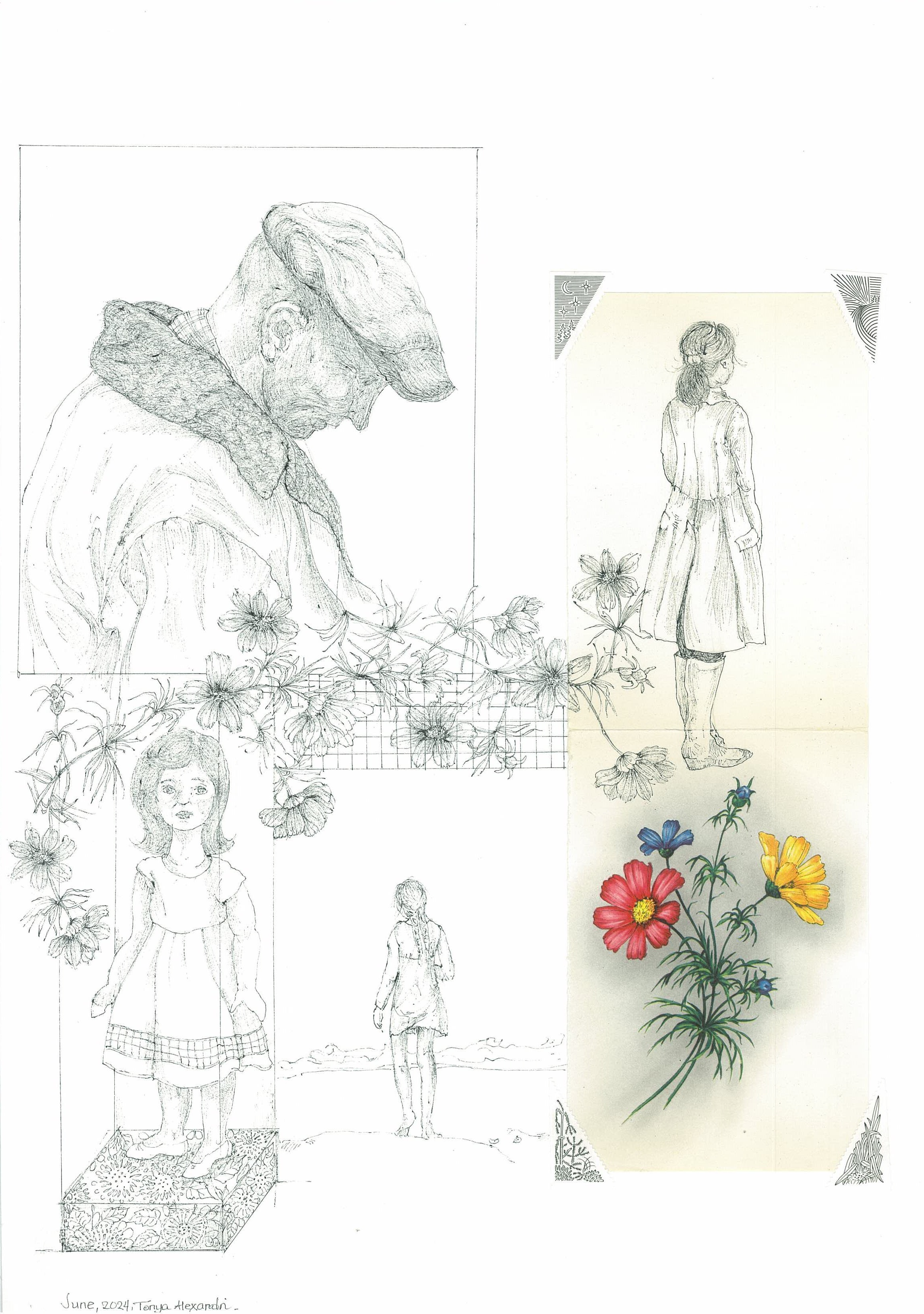
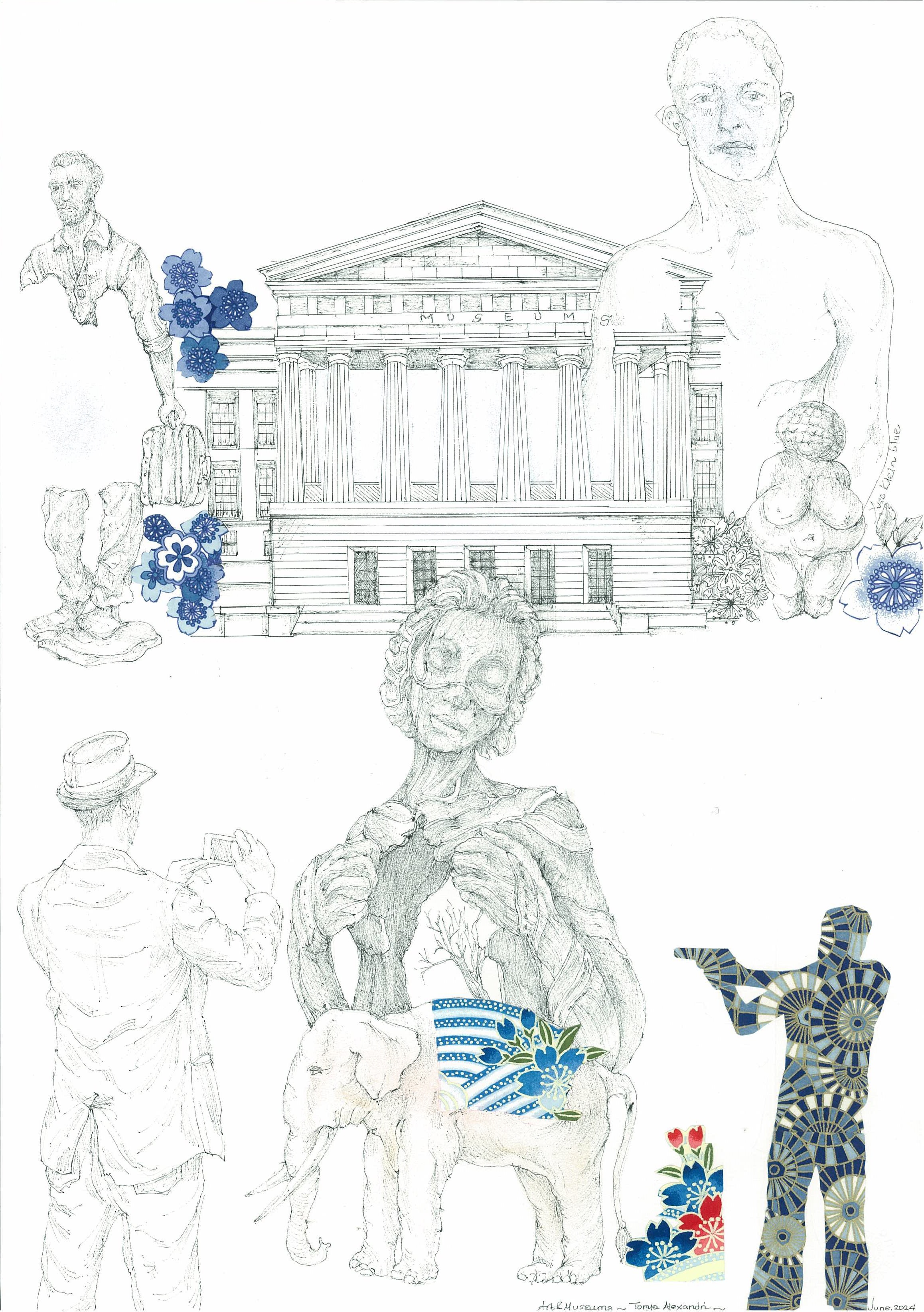
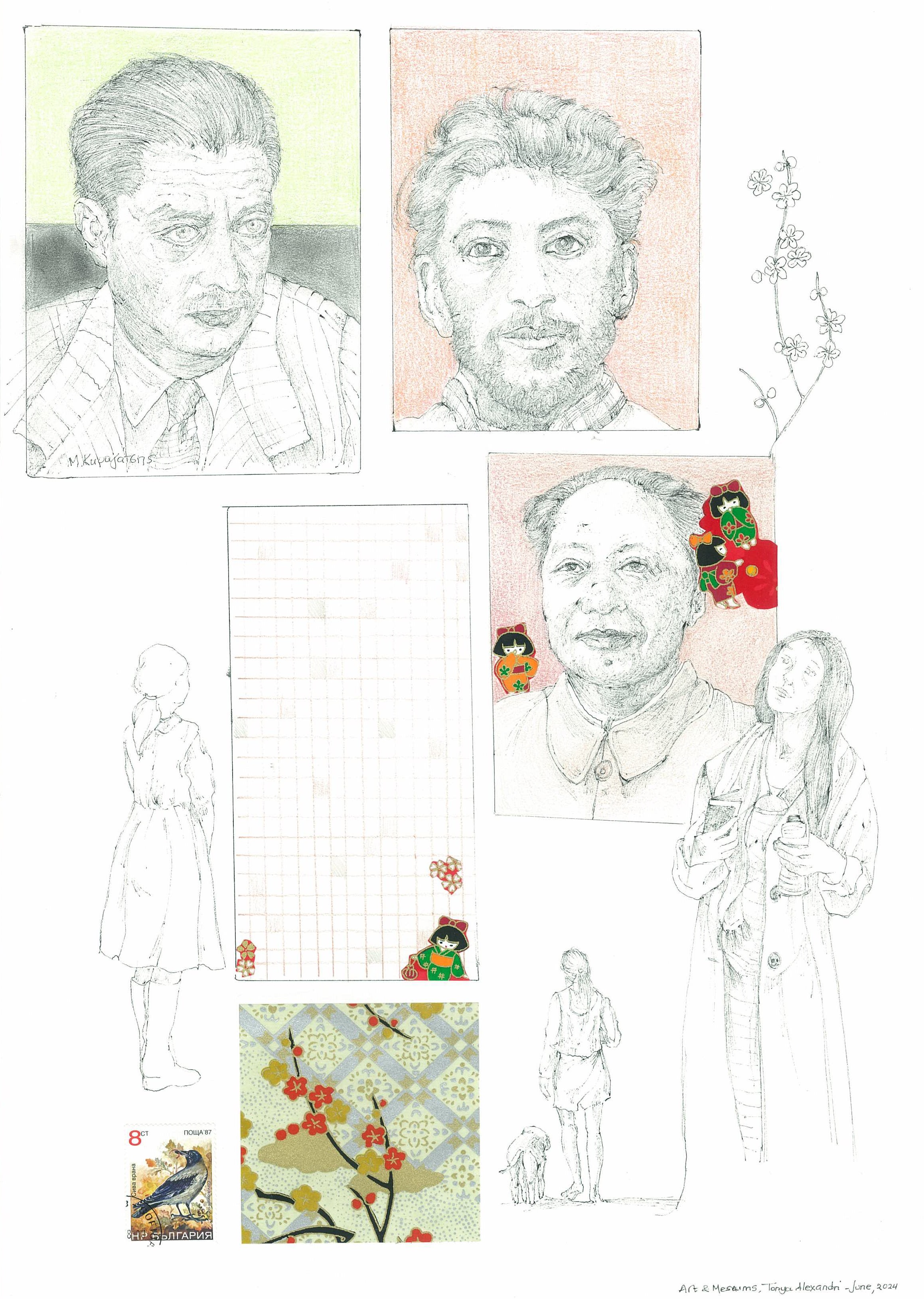
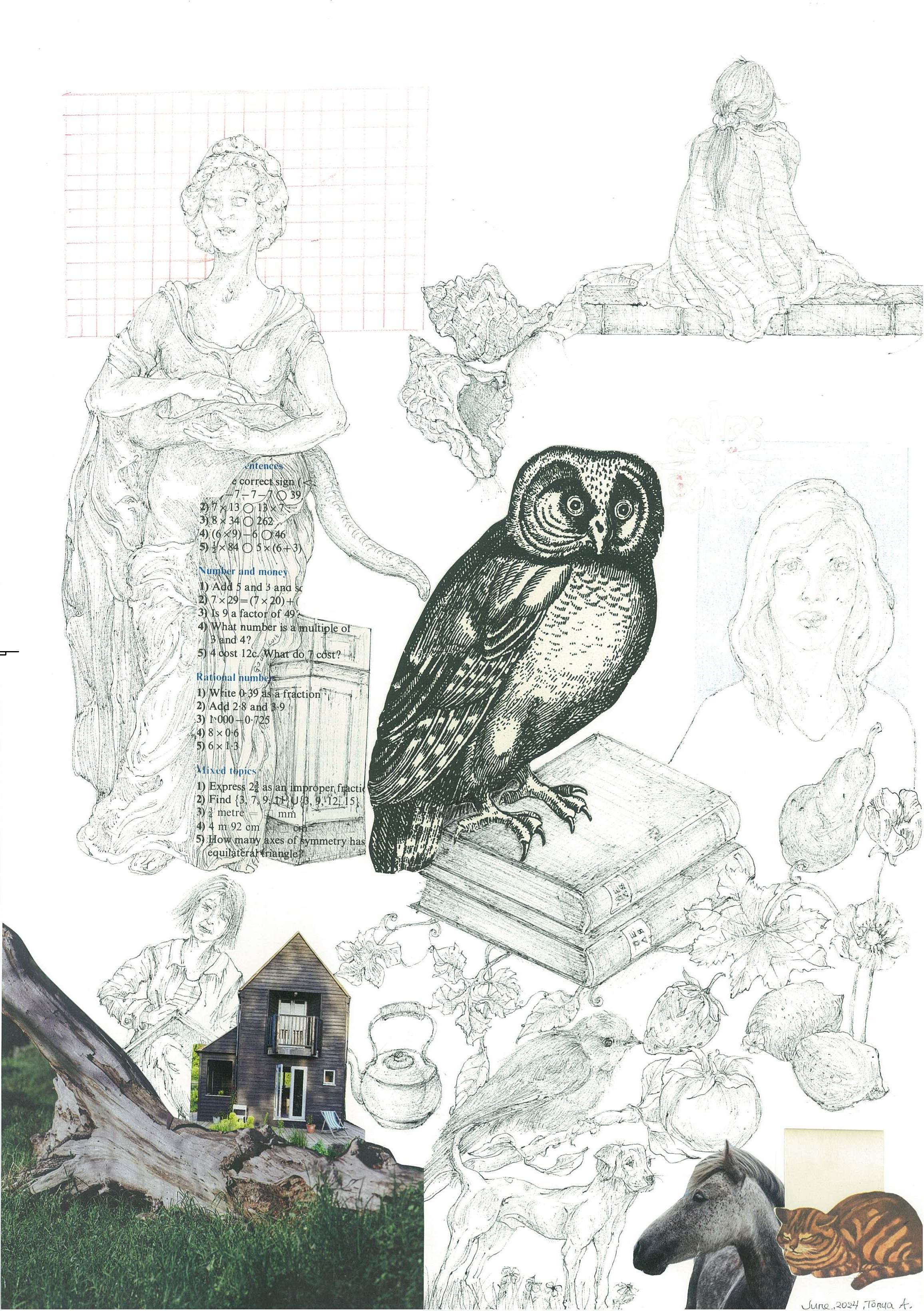
The elephant is another animal that has been used as a metaphor for a variety of things, and is part of myths, legends, in various cultures and religions. This majestic animal is also in danger of becoming extinct, especially the African forest elephants, which are a critically endangered species and have declined by an estimated 86% over 31 years.
There are religions and cultures, in which the elephant is considered a good omen and is linked to myths, gods and cosmologies, and where it represents values like wisdom, prosperity and power. The white or albino elephant, which is not a snow white elephant, but rather a light kind of brownish pink, has also been considered sacred in Eastern cultures. To possess a white elephant is still regarded in Thailand, which is considered the land of white elephants, Burma and other places, as a symbol of wealth, good fortune, and power. In Myanmar there are white elephants kept in captivity because they are considered “political lucky charms.” However, this has given rise to concern and criticisms because they are kept isolated and chained in small concrete covered areas.
The white elephant is also a metaphor for a useless gift or a gift that has become a burden or property requiring much care and expense and yielding little profit. It derives from the story of the kings of Siam, who gifted subjects who displeased them or had fallen out of favor, a white elephant, which was protected by laws from labor. So, receiving a white elephant as a gift from a monarch could be both a blessing and a curse, since its maintenance required a fortune, and thus, would often lead one to financial ruin.
Ernest Hemingway wrote a short story in 1927, entitled “Hills Like White Elephants. In 2002 the story was adapted for a short film, with the same title, in which British actor Greg Wise played the American. The story focuses mainly on a conversation between an American man and a young woman, described as a “girl,” at a Spanish train station while waiting for a train. The woman compares the nearby hills to white elephants. In this story Hemingway uses various symbols to convey meaning, including: the white elephant metaphor, that represent how the man views the pregnancy as an unwanted gift, and also, how like the expression ‘the elephant in the room’, it is something he is not comfortable talking about.
Also, social psychologist Jonathan Haidt, uses the elephant and the rider as a metaphor to represent how humans think. In this analogy the elephant represents our emotional side, which is vast, powerful and often driven by instinct, and the much smaller rider symbolizes our rational, analytical, planning mind. In other words the elephant portrays uncontrolled, intuitive and emotional thought processes, and the rider represents more logical, controlled and analytical thinking. Our emotional brain is much bigger and more powerful than the rider, the rational brain. One could also say that the elephant reflects our unconscious mind and the rider the small conscious part of our mind. When the elephant is not feeling calm and centered, but is angry, upset, frightened, stressed or anxious, then the rider may not be able to easily control the elephant or lead it to its desired destination.
In relation to the common phrase, the elephant in the room, the writer Stephen King has said: “There’s a phrase, “the elephant in the living room”, which purports to describe what it’s like to live with a drug addict, an alcoholic, an abuser. People outside such relationships will sometimes ask, “How could you let such a business go on for so many years? Didn’t you see the elephant in the living room?” And it’s so hard for anyone living in a more normal situation to understand the answer that comes closest to the truth; “I’m sorry, but it was there when I moved in. I didn’t know it was an elephant; I thought it was part of the furniture.” There comes an aha-moment for some folks – the lucky ones – when they suddenly recognize the difference.”
There is a (work) book for children and adolescents, entitled: “The Elephant in the Living Room, first published in 1984, by Jill Hostings , MS, and Marion Typpo, PhD, illustrated by Mimi Noland. I first came across it while I was doing a course on addiction about 14 years ago. Its focus is on assisting children and teenagers (and adults) in understanding and dealing with alcoholism, drug addiction or (and) abuse.
An excerpt from the first pages of the book:
“Imagine also the people that live in this house…. People have to go through the living room many times a day and you watch as they walk through it very carefully…. around the ELEPHANT. No one ever says anything about the ELEPHANT. They avoid the swinging trunk and just walk around it. Since no one ever talks about the ELEPHANT, you know that you’re not supposed to talk about it either. And you don’t.”
I will end this piece with something that Rebecca Solnit writes in her book as she considers the rapid rhythms of animal extinctions around the world:
“They are all beasts of burden in a sense,” Thoreau once remarked of animals, “made to carry some portion of our thoughts.” Animals are the old language of the imagination; one of the ten thousand tragedies of their disappearance would be a silencing of this speech.
Finally, I have included some new artwork and a reference to one more book connected to the theme of the previous post:
I acquired a book with 142 free drawings by Yiannoulis Halepas, with an introduction by Ντένη Ζαχαρόπουλο and prologue by Μύρων Μπικάκη (Published by ΥΨΙΛΟΝ in 2007), whom I referred to in the previous post. I was happy to find this collection of quick sketches and drawings by the artist. Most people know about his sculptures, the fact that he is considered the Greek Rodin, and they also know about his tormented life, but his drawings are less known.
“Through the drawings, all his concerns are revealed and all the subjects that interested him from time to time are highlighted. The few works that have been lost come back to life through these pencil strokes, while the works, which he did not have time to execute, take on flesh and bones and are added to the body of his total creation.”
